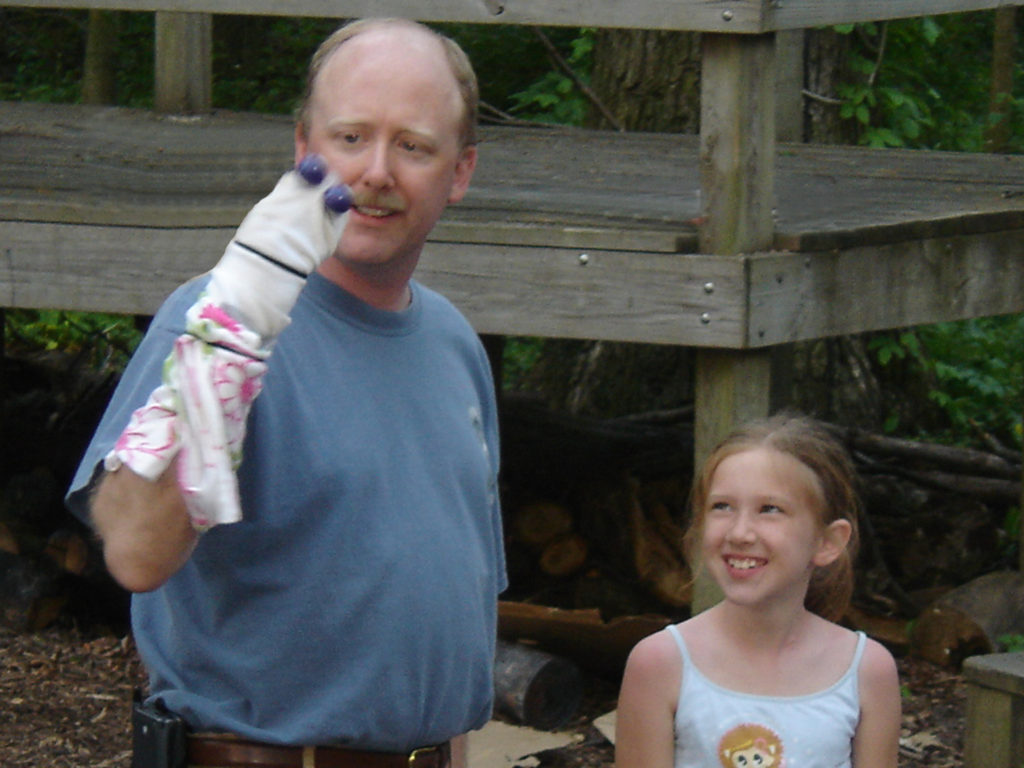
Do you have a vague concept of something rattling around in your brain? You don’t have all the details figured out, but you feel there might be something there. How do you determine whether it is worth pursuing? Where do you start?
Simple. Start here. Right here. Wherever you are right now. With whatever you have on hand at the moment.
You’re probably familiar with the term, “proof of concept”. Or, maybe you prefer the term “working prototype”. These are generally good things. But, when you are doing something really new (to you), there are many unknowns. You might not even be able to fully define what it is you are contemplating. In those cases, these methods ask for too much up front. Too much time, too much money, or both.
Here are two examples.
I had this idea for a new character in my act. It was to be a man who by day is a typical office worker, probably an accountant or some other data-focused desk-sitting cubicle worker. A guy who most people in the office ignore. He comes to work, does his 9-5, then goes home. Nobody in the office has any idea, or interest, in what he does outside of work. This is where it gets fun. What he does in the evenings and on weekends is take to the stage as a female impersonator. And not just some shmucky horrible impersonator, but a full-on diva singing voice, holy cow that’s amazing female impersonator.
I decide that to fully pursue the idea, I needed to have the physical character in hand. I purchased a relatively expensive “dummy”, played around with the character, had his daytime voice and personality down, figured out the basic logistics of how to have him go through the transition to nightclub singer, picked out some songs I thought would work, took voice lessons… And discovered that I do not (yet) have the vocal chops to pull it off the way I wanted. I invested a lot of time and money into the project. I couldn’t do it. In the end, I decided to sell the puppet and put the idea on a shelf. (I still like the idea and hope to be able to do it someday…)
By contrast, I have another character in my act that started out as a sock puppet – literally. His voice popped out one day, and I thought, hmmm, I wonder what I can do with this? His first appearance was at a campout with my youngest daughter. (See photo at the top of this post.) After that campout, I continued to play around with the voice and develop the character over the span of several months, making sure there was something there. Once I was pretty sure it was going to work, I made the final puppet. (Side note: This the only puppet in my act that I have physically constructed myself.) That character has played out extremely well and is still a mainstay of the act 12 years later.
In hindsight, I wish I had taken the “let’s see how this might work” approach with my female impersonator character concept. I didn’t need a puppet to try singing and to develop the voice. I didn’t need to make that monetary investment. Fortunately, I was able to sell the puppet (also called “figure” in the ventriloquist business) and recoup most of that financial outlay. But, that isn’t always the case when we jump into something whole hog before testing a few basic things first.
I’m sure you’ve been there. You’ve bought expensive tools, components, etc., only to later find out that the original concept was horribly flawed. Money down the drain. Notice I only say money down the drain. Time spent exploring new ideas and concepts is always time well spent. Even if you end up going a completely different direction or abandoning the idea, you’ve still learned something.
My preferred approach to wild and crazy ideas is the “mock up”. A mock up is a drastically pared down version of a proof of concept or working prototype. It doesn’t have to be fully functional. It doesn’t have to look like what the final product might look like. It might be a simple sock puppet. All it needs to do is allow you to go further into the concept. Explore. Test.
It is so easy to become bogged down in the process of creating the prototype that we lose sight of the original idea. Or, we give up because there are pieces we can’t figure out how to model. Don’t worry about it. In the early stages, it’s just an idea. Give the idea room to grow and develop. Let it go where it wants to go.
Start with what you have. Start now.









